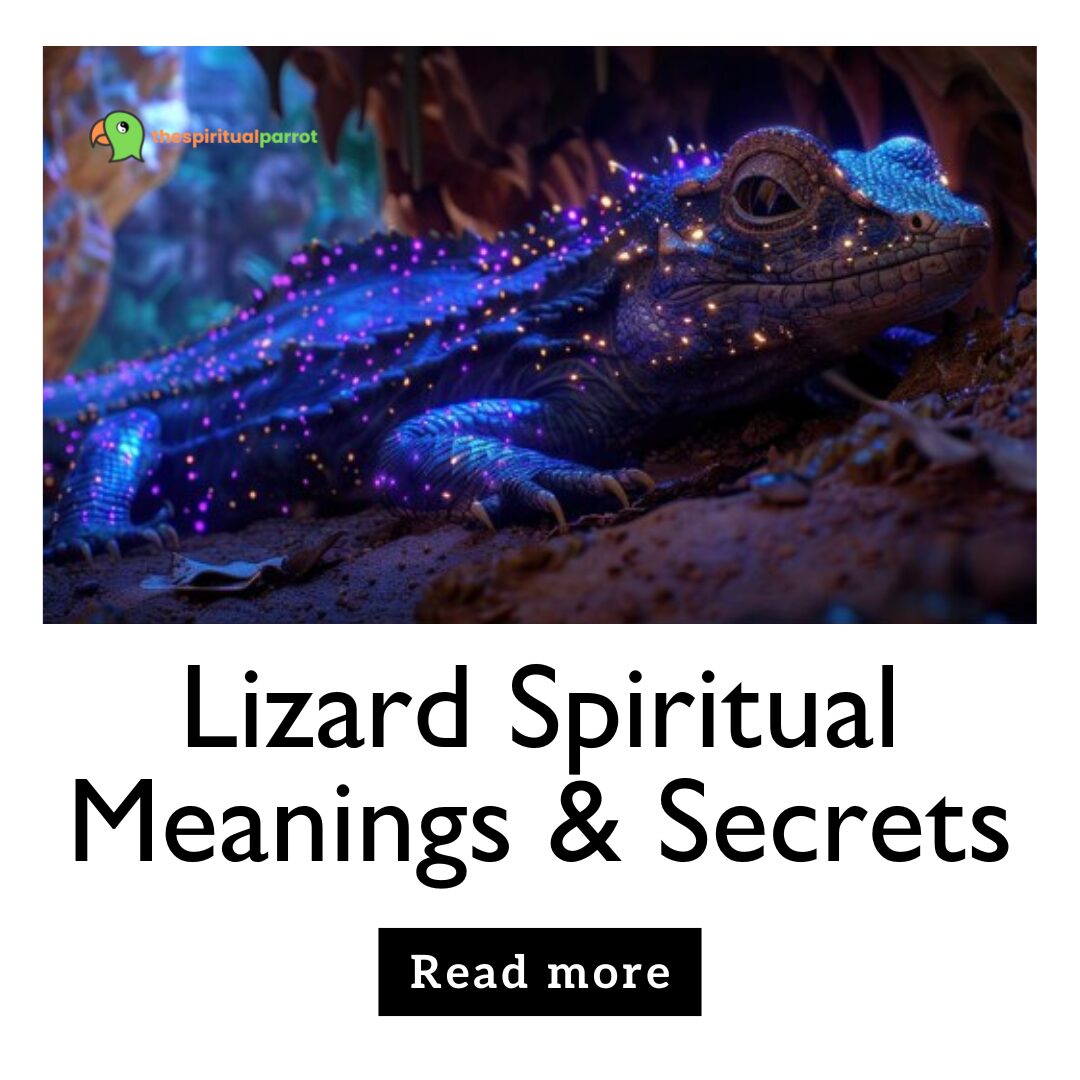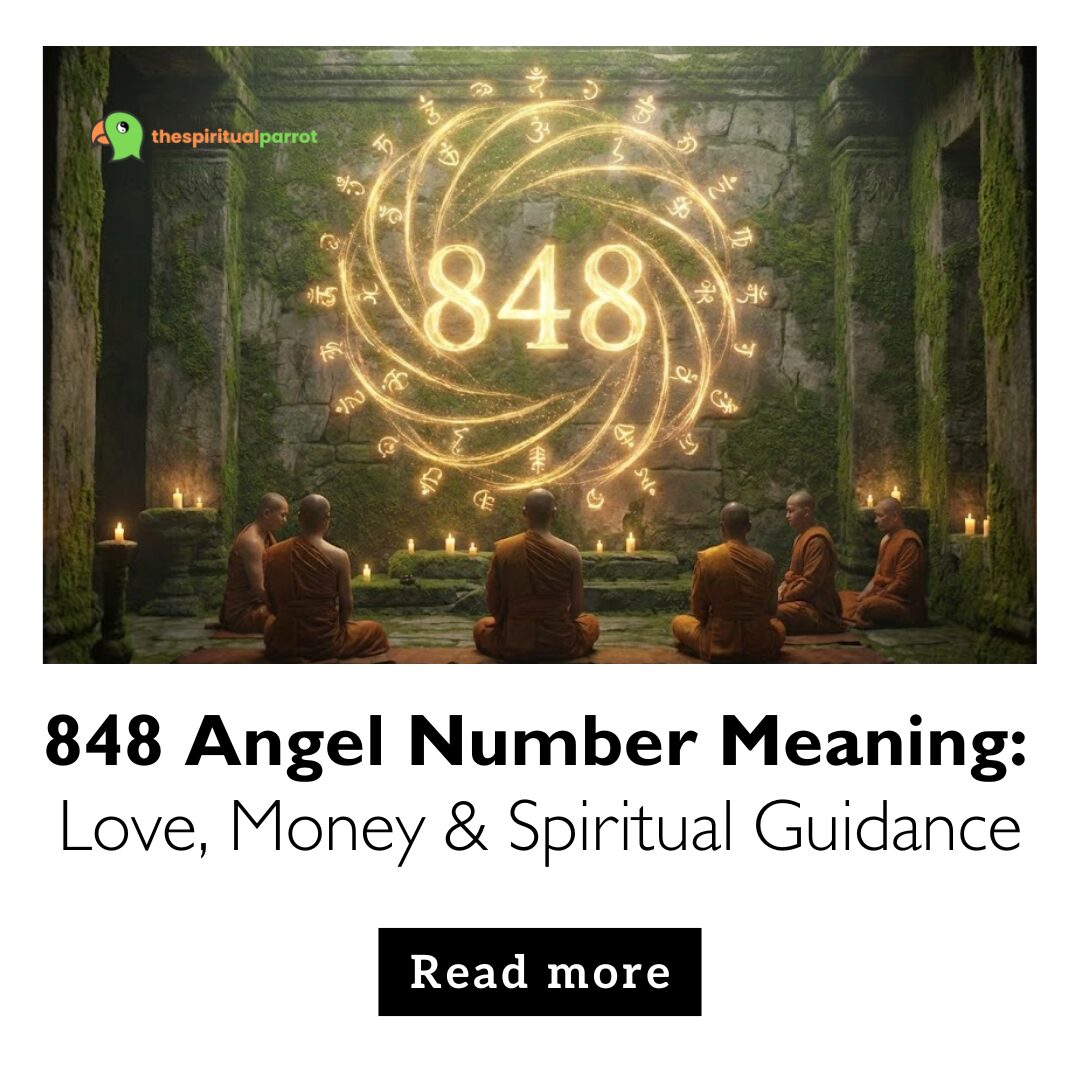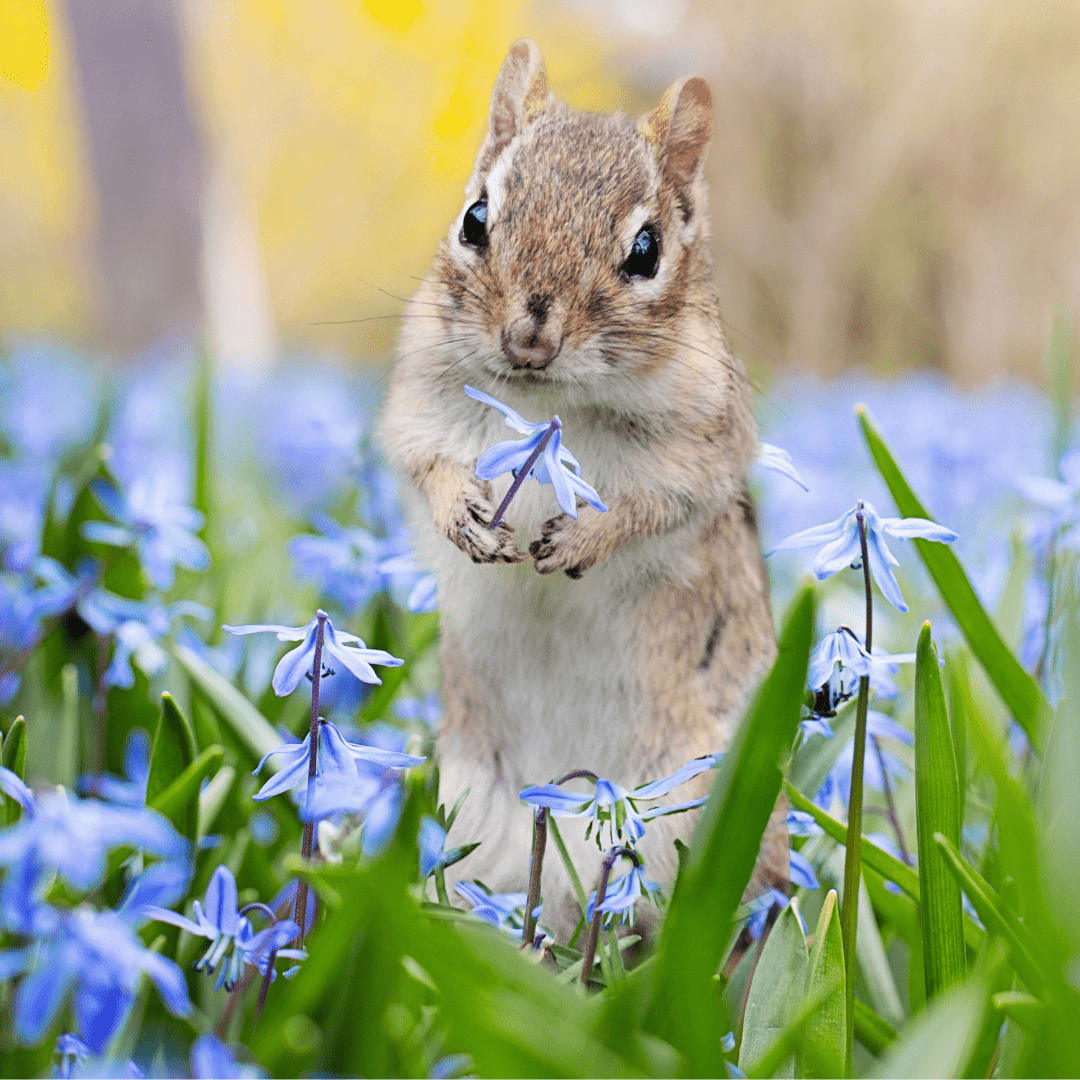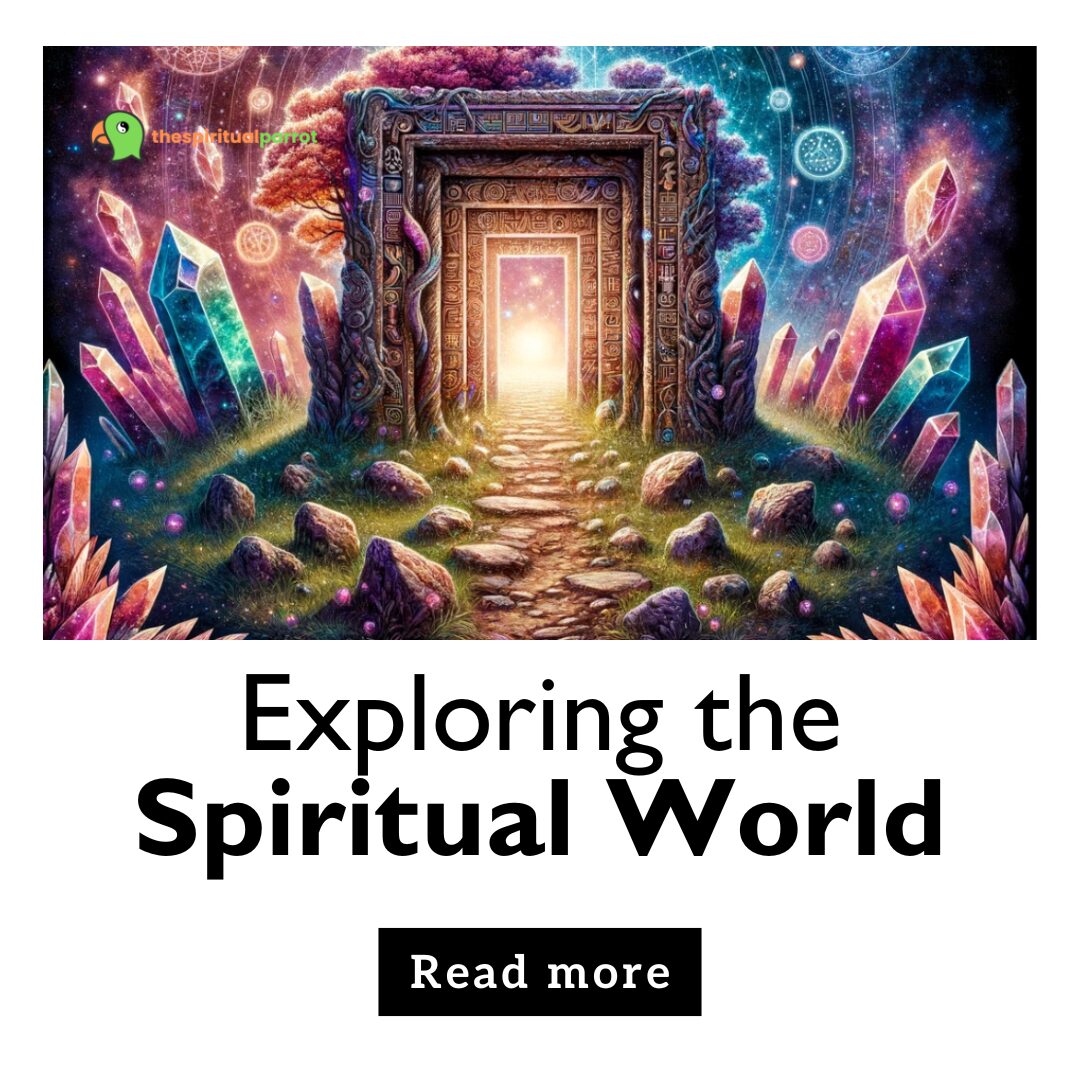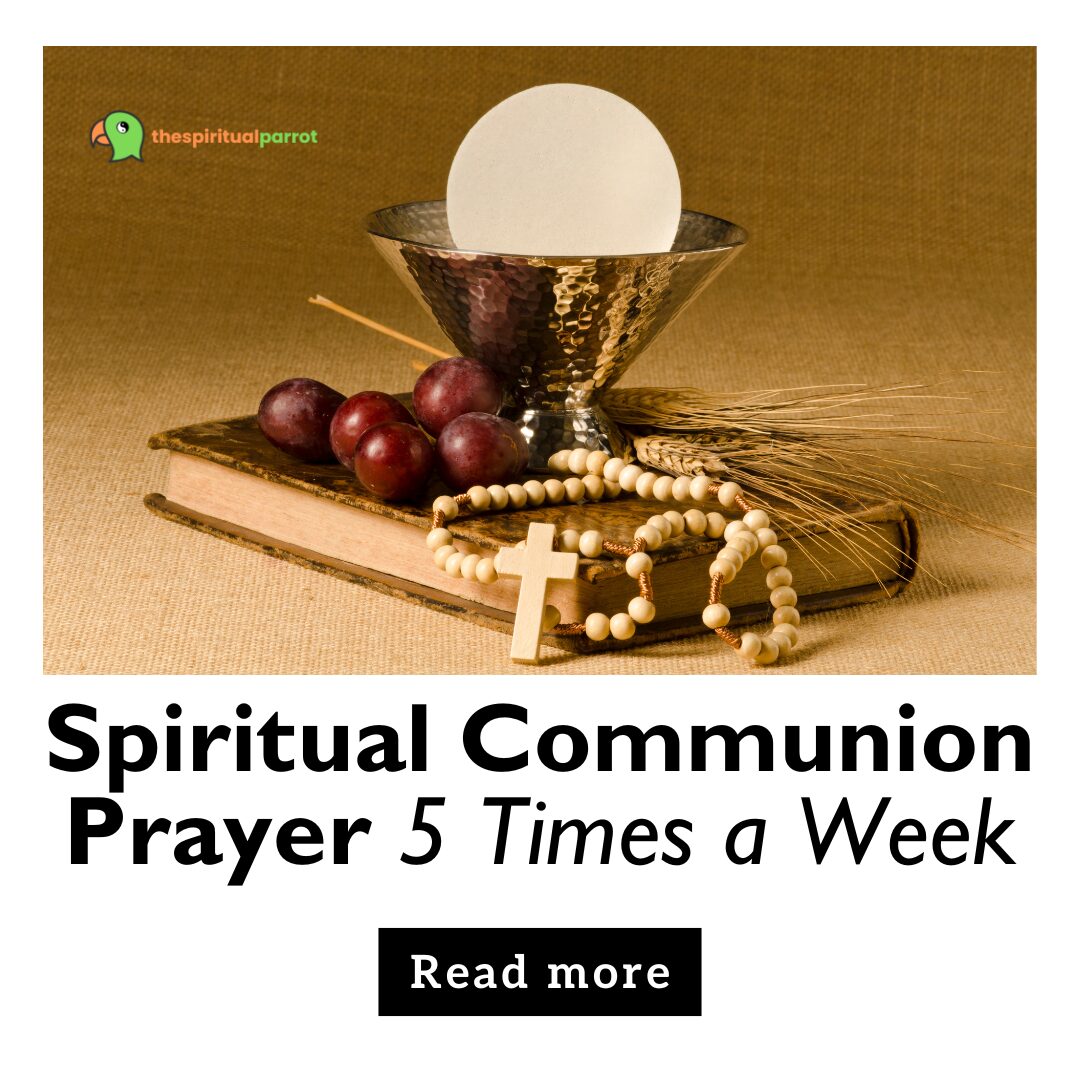In today’s fast-paced world, many of us find solace in exploring deeper meanings and seeking connections beyond the physical realm. This quest often leads us to two intriguing concepts: spirituality and spiritualism. But what exactly are they? And how do they differ from one another? Let’s embark on this enlightening journey together.
Understanding the Basics
What is Spirituality?
At its core, spirituality is the essence of our inner self. It’s the profound connection we feel with the universe, a sense of purpose, and the pursuit of inner peace. Spirituality isn’t tied to any particular religion or belief system. Instead, it’s a personal journey, one where we seek understanding, love, and a deeper connection with our true selves.
Now, you might be wondering, “Isn’t that what spiritualism is all about?” Well, not quite. Let’s delve deeper.
Defining Spiritualism
Spiritualism, on the other hand, is a belief system. It revolves around the idea that the living can communicate with the spirits of the departed. This belief has its roots in ancient cultures but gained significant traction during the 19th century, especially with the rise of séances and mediums.
While both spirituality and spiritualism deal with the non-physical realm, their core principles and practices set them apart. But before we dive into those differences, let’s take a step back and understand their historical context.
Historical Context
The Evolution of Spirituality Over Time
Spirituality, as a concept, has been with us since the dawn of humanity. It’s fascinating to think about how our ancestors, gazing up at the vast night sky or marveling at the mysteries of nature, must have felt a deep spiritual connection to the world around them.
- Ancient Civilizations: From the Egyptians to the Greeks, ancient civilizations recognized a spiritual realm. They built magnificent temples, created rituals, and told stories that reflected their spiritual beliefs.
- Middle Ages: As time progressed, spirituality began to intertwine with organized religions. Monks, mystics, and sages became the torchbearers of spiritual knowledge, often seeking solitude to connect with the divine.
- Modern Era: Today, spirituality has taken on a more personal dimension. Many of us are turning inward, seeking meditation, yoga, and other practices to find that inner peace and connection.
Transitioning from the broad expanse of spirituality, let’s narrow our focus to the intriguing world of spiritualism.
Spiritualism: From Séances to Modern Beliefs
The 19th century was a pivotal time for spiritualism. Picture this: dimly lit rooms, a circle of eager participants, and a medium channeling messages from the other side. It was an era of séances, and spiritualism was the talk of the town.
- Rise of Mediums: With the promise of communicating with the departed, mediums became celebrities. People flocked to them, hoping for a message from a lost loved one.
- Scientific Scrutiny: As spiritualism gained popularity, it also attracted skepticism. Scientists and critics challenged mediums, leading to a series of investigations into the authenticity of their claims.
- Modern Spiritualism: While the fervor of séances has waned, spiritualism still thrives today. Many people believe in the possibility of communication with the spirit world, seeking guidance and closure.
The tapestry of history is rich with tales of spirituality and spiritualism. As we journey further, we’ll uncover the core principles that define them. But for now, take a moment to reflect on the past, for it shapes our understanding of the present.
Core Principles and Beliefs
The Pillars of Spirituality
Spirituality, in its essence, is like a vast ocean, deep and boundless. But if we were to distill its essence, we’d find a few guiding pillars that many spiritual seekers resonate with:
- Inner Connection: At the heart of spirituality is the quest for a deeper connection with oneself. It’s about understanding our emotions, desires, and the very essence of who we are.
- Universal Oneness: Many spiritual paths emphasize the interconnectedness of all things. The idea that every person, animal, and even the seemingly inanimate object is part of a grand cosmic dance.
- Personal Growth: Spirituality often encourages personal growth and self-improvement. Whether it’s through meditation, reading, or introspection, the journey is about evolving and becoming a better version of oneself.
- Moral Compass: A strong sense of right and wrong, guided not by societal norms, but by an inner moral compass, is another cornerstone of spirituality.
Now, while spirituality is vast and personal, spiritualism has its own set of tenets that make it distinct.
The Tenets of Spiritualism
Spiritualism, with its focus on the spirit world, has some fascinating beliefs:
- Life After Death: One of the foundational beliefs of spiritualism is that life continues after physical death. The spirit, free from its earthly confines, moves on to another realm.
- Communication with Spirits: Spiritualists believe that, under the right circumstances, the living can communicate with the spirits. This is often facilitated by mediums.
- Spiritual Healing: Beyond just communication, some spiritualists believe in the power of spirits to heal. This can be emotional, physical, or even spiritual healing.
- Karma and Reincarnation: While not universal, some branches of spiritualism also believe in the concepts of karma and reincarnation. The idea is that our actions have consequences, and souls might return to new bodies, learning and growing through multiple lifetimes.
It’s truly fascinating how two concepts, seemingly similar, can have such distinct beliefs and principles. As we delve deeper, we’ll explore the practices and rituals that bring these beliefs to life. But for now, take a moment to ponder these principles. Which resonates with you? Which intrigues you?
Practices and Rituals
Spiritual Practices for Inner Growth
When we talk about spirituality, it’s not just a philosophy—it’s a way of life. And like any journey, there are tools and practices that can guide us along the way:
- Meditation: Perhaps the most widely recognized spiritual practice, meditation is all about stillness and mindfulness. It’s a moment to connect with oneself, to find clarity amidst the chaos.
- Yoga: More than just physical postures, yoga is a holistic practice that unites the mind, body, and spirit. It’s a dance of breath and movement, leading to inner harmony.
- Journaling: Putting pen to paper can be a deeply spiritual act. Journaling allows us to reflect, converse with our inner self, and document our spiritual journey.
- Nature Walks: Sometimes, spirituality is as simple as taking a walk in nature. Feeling the earth beneath our feet, and listening to the rustling leaves—it’s a reminder of our connection to the universe.
Transitioning from the introspective world of spirituality, let’s step into the realm of spiritualism and its unique rituals.
Rituals and Ceremonies in Spiritualism
Spiritualism, with its focus on the spirit world, has given birth to some captivating ceremonies:
- Séances: The most iconic ritual associated with spiritualism. Participants gather, often in a circle, as a medium to communicate with the spirits. It’s a space of anticipation, mystery, and sometimes, profound revelations.
- Spiritual Healing Circles: These are gatherings where spiritual energy is channeled to heal. Participants might sit or lie down, as healers use their gifts to channel positive energy and facilitate healing.
- Automatic Writing: A fascinating practice where mediums, in a trance-like state, write messages from the spirit world. The hand seems to move on its own, penning down words from beyond.
- Spirit Photography: While controversial, some spiritualists believe in capturing images of spirits. These photographs, often ethereal and mysterious, are said to show the presence of spirits.
From the calming waves of meditation to the electrifying energy of a séance, practices, and rituals breathe life into our beliefs. They’re the bridges that connect us to the unseen, the anchors that ground us in our journey.
As we move forward, we’ll delve into the intersections and divergences of spirituality and spiritualism. But for now, reflect on these practices. Which ones resonate with you? Which ones spark your curiosity?
The Intersection and Divergence
Where Spirituality and Spiritualism Meet
At first glance, spirituality and spiritualism might seem worlds apart. But if we look closely, we’ll find some beautiful intersections:
- Quest for Meaning: Both spirituality and spiritualism are rooted in a quest for deeper meaning. Whether it’s understanding one’s place in the universe or seeking messages from the beyond, the journey is about finding purpose.
- Belief in the Unseen: Both paths acknowledge realms beyond the physical. While spirituality focuses on the inner self and universal energies, spiritualism delves into the spirit world.
- Emphasis on Experience: Neither spirituality nor spiritualism is just about theory. They’re experiential, urging followers to meditate, attend séances, or simply feel the energies around them.
- Moral Foundations: Both paths emphasize living a good, moral life. Whether it’s the spiritual seeker’s inner compass or the spiritualist’s belief in karma, there’s a focus on doing right by others.
However, as with any two paths, there are distinct differences that set them apart.
Key Differences to Understand
- Nature of Belief: While spirituality is more about personal growth and connection, spiritualism is rooted in specific beliefs about the afterlife and spirit communication.
- Practices: Spiritual practices like meditation or yoga are introspective, focusing on inner growth. In contrast, spiritualist rituals like séances are about external communication.
- Guidance: Spiritual seekers often turn inward or to universal energies for guidance. Spiritualists, on the other hand, might seek messages from departed loved ones or spirit guides.
- Community vs. Individual: While both paths value community, spiritualism often involves group rituals and gatherings. Spirituality, in many ways, can be a more solitary journey.
It’s like looking at two sides of a coin. While there are shared values and beliefs, spirituality and spiritualism offer unique perspectives and experiences. As we journey further, we’ll delve into personal stories and experiences that bring these concepts to life. But for now, ponder these intersections and divergences. Where do you see yourself on this spectrum?
Personal Journeys and Experiences
Embracing Spirituality in Daily Life
Every spiritual journey is as unique as a fingerprint. Yet, when we listen to the stories of those who’ve walked this path, some common themes emerge:
- Awakening Moments: Many speak of a moment of awakening—a profound experience, perhaps during meditation or a walk in nature, that shifted their perspective and set them on the spiritual path.
- Challenges and Growth: Spirituality isn’t always about serenity. It often involves confronting one’s shadows, facing challenges, and emerging stronger. As one seeker put it, “It’s like refining gold, the impurities must come to the surface to be cleared.”
- Daily Rituals: Incorporating spirituality into daily life can be as simple as a morning meditation, reading a passage from a spiritual text, or expressing gratitude before a meal.
- Community and Solitude: While some find solace in spiritual communities, attending retreats or group meditations, others cherish solitude, finding their spiritual moments in quiet reflection.
Transitioning from the introspective realm of spirituality, let’s delve into the experiences of those who’ve ventured into the world of spiritualism.
Encounters with the Spiritualist World
The world of spiritualism is filled with tales of wonder, mystery, and sometimes, skepticism:
- Messages from Beyond: Many recount emotional séances where they received messages from departed loved ones, offering comfort, guidance, or simply a sign that they’re still around.
- Skeptics Turned Believers: There are stories of skeptics attending séances out of curiosity, only to leave as believers, their skepticism replaced by awe.
- Healing Experiences: Some speak of profound healing sessions, where spiritual energies or messages from the spirit world bring about emotional or physical healing.
- Challenging the Norms: Embracing spiritualism often means challenging societal norms and facing skepticism. Yet, for many, the experiences are so profound that they’re worth the raised eyebrows and skeptical questions.
The tapestry of personal journeys in both spirituality and spiritualism is rich and varied. Each story, each experience, adds a unique thread to this intricate weave. As we move forward, we’ll explore how to navigate these paths and choose the one that resonates most with you. But for now, reflect on these stories. Do any resonate with you? Do they spark curiosity or perhaps even skepticism?
Navigating the Path Forward
Choosing the Right Path for You
The journey of spirituality and spiritualism is deeply personal, and there’s no one-size-fits-all. As you stand at this crossroads, here are some pointers to help you find your way:
- Self-Reflection: Take a moment to reflect on what resonates with you. Is it the introspective journey of spirituality or the allure of communicating with the spirit world?
- Experiment and Experience: Before making a decision, dip your toes in both waters. Attend a meditation retreat, join a séance, or simply read more about both paths.
- Trust Your Intuition: Your inner voice, that gut feeling, is often the best guide. If something feels right, it probably is. Conversely, if something feels off, it’s okay to step back.
- Seek Guidance: Talk to those who’ve walked the path before you. Their insights and experiences can shed light on your own journey.
The Role of Intuition and Inner Guidance
In both spirituality and spiritualism, intuition plays a pivotal role:
- Listening to the Inner Voice: Whether it’s a nudge to attend a spiritual workshop or a feeling that a particular medium is genuine, our intuition often knows before our mind does.
- Developing Intuition: Practices like meditation, journaling, or even dream analysis can help sharpen your intuitive abilities.
- Balancing Intuition with Logic: While intuition is powerful, it’s essential to balance it with logic and reason. If something seems too good to be true, it’s okay to question and seek clarity.
Navigating the realms of spirituality and spiritualism can be like sailing on vast oceans. There will be moments of calm, moments of storm, and moments of profound discovery. But remember, it’s not about the destination, but the journey itself. Embrace the adventure, trust your compass, and you’ll find the path that’s perfect for you.
As we wrap up this exploration, take a moment to reflect on everything we’ve discussed. What resonates with you? What questions do you still have? And most importantly, where will your journey take you next?

